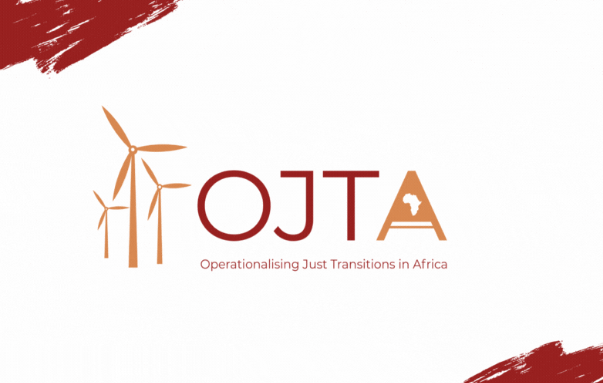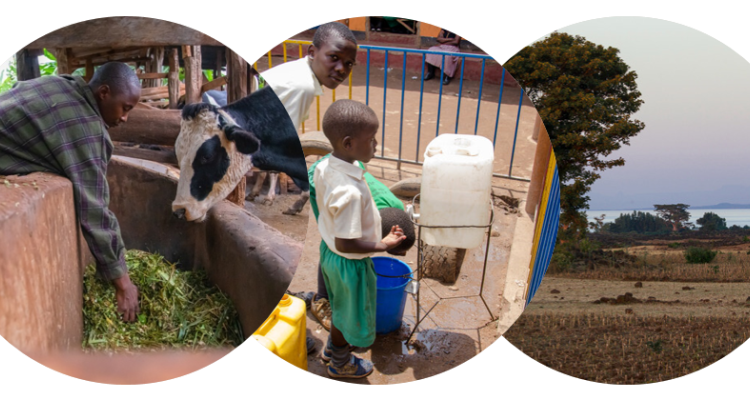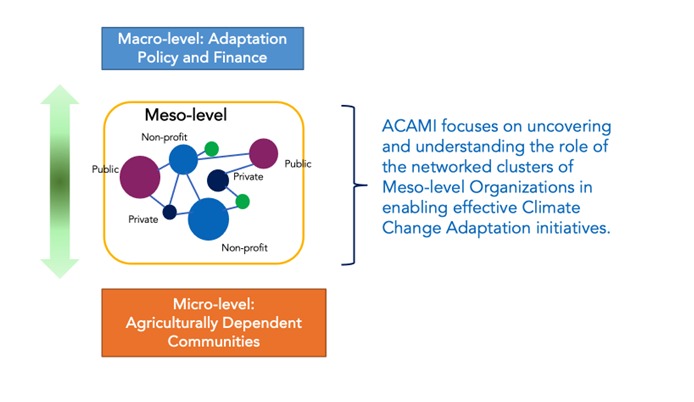Introduction
The GIZ, through ICLEI Africa, commissioned technical support for the development of the “Sustainable energy access and Adaptation” pillar of the Sustainable Energy Access and Climate Action Plan (SEACAP) for the county government of Nakuru, Kenya. The SEACAP is an initiative facilitated by the Covenant of Mayors in Sub-Saharan Africa (CoM SSA) – a regional pillar of the Global Covenant of Mayors for Climate & Energy (GCoM). ICLEI Africa and GIZ lead the SEACAP implementation in Nakuru County to support local authorities such as Nakuru County in tackling the interconnected challenges of climate change and access to sustainable energy.
The SEACAP is the key to setting the strategies, plans, and actions for a sustainable and low greenhouse gas (GHG) emission development, while including climate adaptation actions and ensuring access to secure, affordable and sustainable energy, in response to the
current and future impacts of Climate Change in the territory.
Nakuru County, Kenya’s fourth most populous, is one of the front runners in addressing climate change and is taking action through embarking on the process of developing their Sustainable Energy and Climate Change Action Plan (SEACAP) through the Covenant of Mayors in Sub-Saharan Africa (CoM SSA) – an initiative of sub-national governments taking local climate action. Support to the CoMSSA is co-funded by the European Commission, BMZ and AECID.
Energy Pillar
The development of the Energy access Pillar of the SEACAP generally involved conducting an energy access assessment to ascertain the County baseline information upon which strategic and realistic targets on enhancing sustainable energy access will be set and action plans developed. The process also involves energy modeling to be undertaken later to inform action planning considering different scenarios. The development of the Energy access pillar also allows the County to continually report to the Covenant of Mayors on its progressive implementation of the Action plans and endeavors towards the set targets
The objective of the study
- Assessing energy access status in Nakuru County focusing mainly on electricity and clean cooking; energy modeling to help Nakuru Energy planning and emission reduction, setting targets, and developing action plans on energy access in the County, this report focuses on the Energy access assessment conducted in the county in 2020 exploring both access to electricity and clean cooking energy
Adaptation Pillar
The development of the adaptation Pillar for Nakuru County under the SEACAP initiative builds involves the identification of climate hazards, and impacted sectors of the economy and assess the level of adaptive capacity through a Risk and Vulnerability Assessment (RVA) process that then informs adaptation planning. The process also involves reviewing the current climate change action plan to identify the areas of strengthening and sharpening in terms of adaptation targets and actions. Overall, the adaptation pillar development is a supplementary process to the County’s exiting climate action initiatives and ambitions.
The objective of the study
- Assessing climate risk and vulnerability for households., communities and ecosystems
- Identify key opportunities for building adaptative capacity in response to the risks.
- Set targets and develop action plans on energy access in Nakuru Count
Reference Materials




